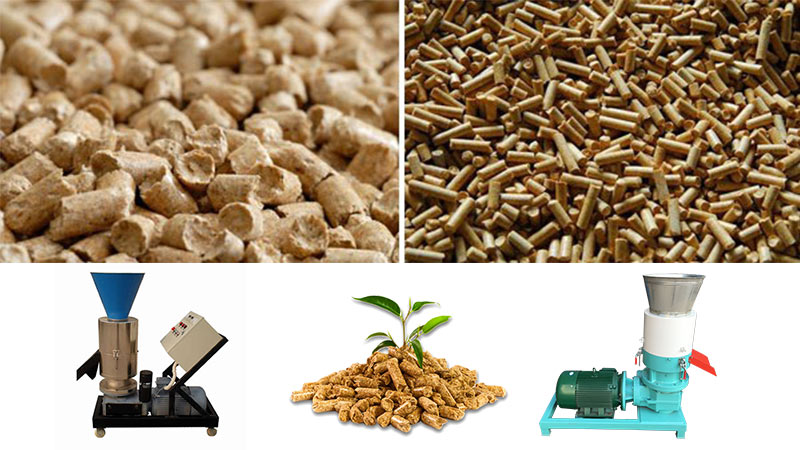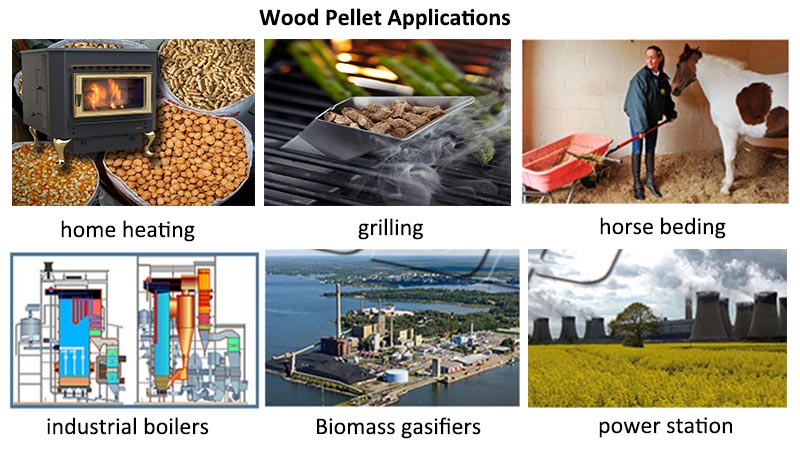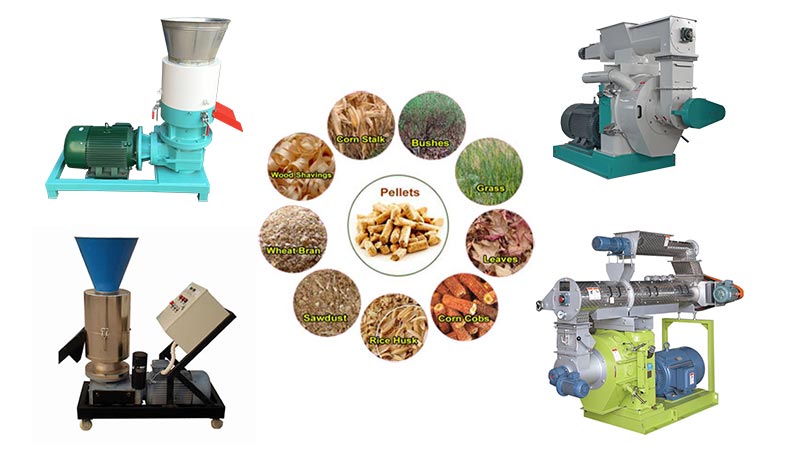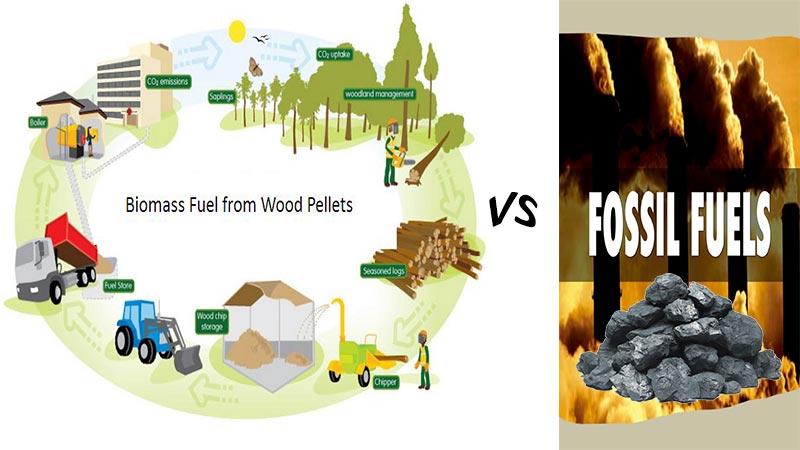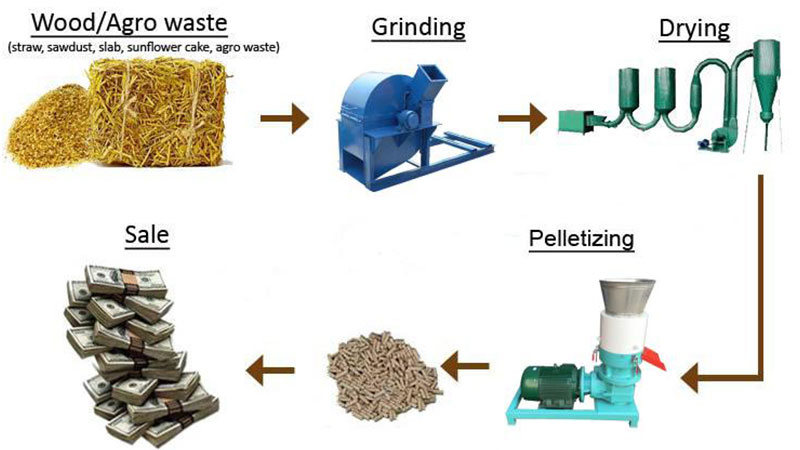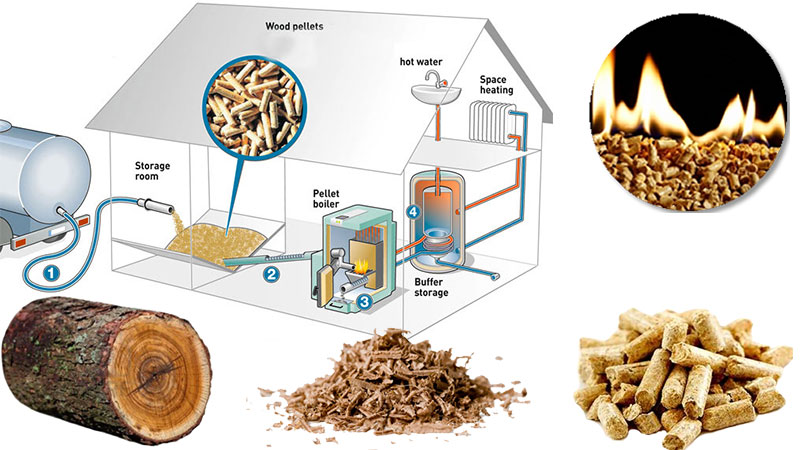Wood pellet has a very interesting and new market which is mostly developed in Central and Northern Europe. The pellet market can be divided between the producers and the consumers. Apart from higher heat-value and lower ash-content, here are other main reason why the market of wood pellets is flourishing.

Wood Pellet Industry is Zero Risk
We can analysis the reason why wood pellets have a bright future from the point of risk. Include wood pellet fuel, most bioenergy projects have hardly any technology risk. They use high quality and efficient pellet equipments and have a perfect whole pellet production line. In recent years, pellet mills are well known to us, and more and more companies in the world have joined the team.
Widespread Application of Pellets
1. Wood Pellet Boilers
Wood pellet boilers are fully-automatic central heating systems for residential heating with bulk delivery of pellets. In general, pellets are usually delivered by a special tank truck and blown into the storage systems. The pellet boilers are connected to the pellet storage by an auger, which is a mechanical fuel feeding system, or a suction system called pneumatic system. From which the pellets are transported fully automatically into the boiler. No manual work is necessary for the fuel supply, making such systems as user-friendly as a gas or an oil heating system. The heat distribution system within the building uses water. While the investment costs for such systems are about 30% higher than for an oil heating system, fuel costs are considerably lower and there is a good return on the investment.
2. Wood Pellet Stoves
Wood pellets are often used in such modern appliances–wood pellet stoves with attractive design, which are ideal for milder climates or as a heating source additional to an electric, gas or oil heating system. In Europe, Italy is the largest market. Only pellets in a clearly defined quality are on the market, allowing wood pellet stove manufacturers to develop very low-emission appliances.
3. District Heating and Power Plants
District heating and power plants are mainly established in Northern European countries, such as Sweden or Denmark. And pellets are also used to fire biomass district heating or combined heat and power plants. An increasing market is also co-firing where pellets are used to substitute coal in large power plants, for example in Belgium, the Netherlands and the UK.
In conclusion, a mass of feasibility studies have proved that the market of wood pellets has maintained a stable growth. Of course, the biomass pellets market is excepted to go further and the related wood pellet mill industry will also have promising future.
